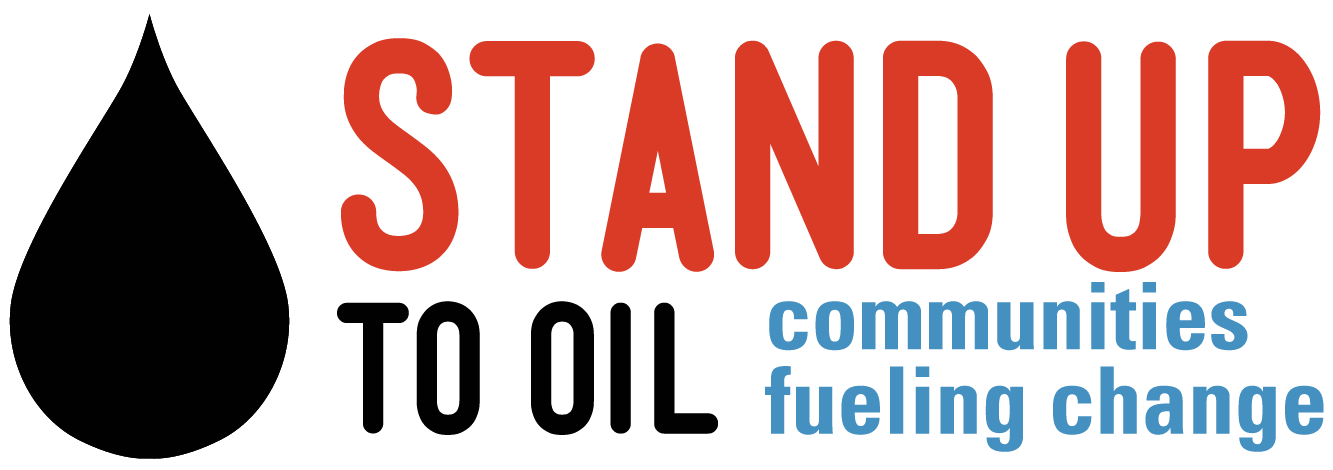So much coal dust escapes from the open-top rail cars used for transporting coal that it can create safety problems for rail traffic. Coal dust deposits sometimes cause spontaneous fires, and in 2005, for example, coal dust that had accumulated in ballast, the layer of crushed rock that supports rail tracks, caused derailments. Given the coal export industry’s designs on the Northwest, it is important for residents to know more about the coal dust hazard.
Industry research is suspect
BNSF Railway has studied the problem (for liability reasons) and found that as much as a ton of coal, including coal dust, can escape from a single loaded coal car. Other reports show that as much as three percent of a coal car’s load, which is typically 100 tons or more, can blow (or bounce) away in transit. The US Department of Transportation classifies coal dust as a “pernicious ballast foulant” that can weaken and destabilize rail tracks. It is not clear how much coal dust might escape in the Pacific Northwest, but one watchdog group has verified that coal and coal dust do escape from open rail cars traveling along Puget Sound coastlines.
see complete article here


